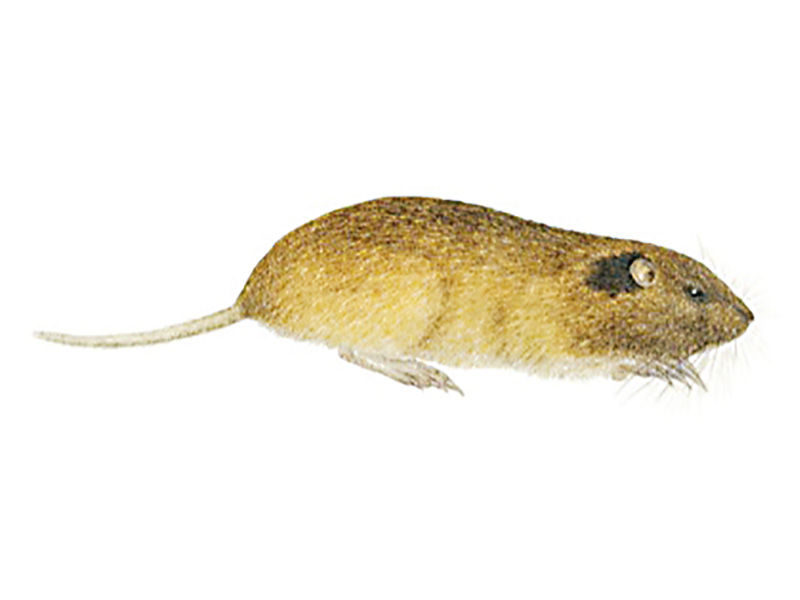By Paul Reevs
Eco-Logic Management
You just hung up the phone with Uncle Joe in New York and are still gloating that, while he complained of having to shovel his walk for the third time, you are enjoying shorts and tee-shirt weather and decide to sit on your patio and soak up some sun. You’ve just settled into your comfortable chaise lounge and look across your nicely landscaped yard. As you admire the freshly trimmed desert botanicals, you suddenly notice several holes around your yard. What in the world is that?! You walk over to inspect the unsightly holes and figure out you have a new uninvited neighbor. Disturbing, yes but not the end of the world. You decide to fire up the jacuzzi to take a relaxing dip and as you begin setting up the pool equipment, you notice that the wires on your heater have been chewed right through. So much for relaxation today. I think it’s time to deal with this pest.
These are troubling and expensive outcomes that are likely because a rodent living in your midst. This month we will begin a three-part discussion on the rodents you are likely dealing with and ways to avoid or rid yourself of their damaging behavior.
Pocket gophers are stocky rodents 5 to 7 inches long with a short tail that has sparse fur on it. These guys have a wide head, very small eyes and ears, strongly clawed front feet which are well suited for digging. They are called pocket gophers due to their fur-lined cheek pouches or “pockets”. These are used to transport food. Pocket gophers have pale to dark brown soft fur. You’re probably familiar with their living conditions which are plugged holes in your yard. Unlike the rats, they close their nest entrance with mud and only open it to exit or allow air into the den. When they dig their burrow, they fling dirt in a “fan shape” around the hole.
There are many theories of how to get rid of pocket gophers but, in all the research I’ve done, many fail. Flooding burrows and laying bait are not the most effective way to get to these critters as they create their dens to be water proof and for food storage. We have had success with our unique “gopher gasser” that injects carbon monoxide into the burrow and quickly creates a deadly atmosphere that puts the rodent to sleep once and for all. Adding moth balls (camphor) into the burrow before closing it up also helps repel any future residents who might move into the now vacant home.
I hope these tips offer you some ideas on how to keep your yard and home rodent-free. Next month we will be discussing pack rats and what you can do to deal with them. As monthly contributors to this publication, we aim to share our advice, experiences and we are sure you will find each month’s discussion one you can benefit from.
If you have questions, comments or wish to share a pest related story, contact Eco-Logic Management Inc. at [email protected] or feel free to call us at (480) 513-1989. Ask for Michael, Paul or Ken.






